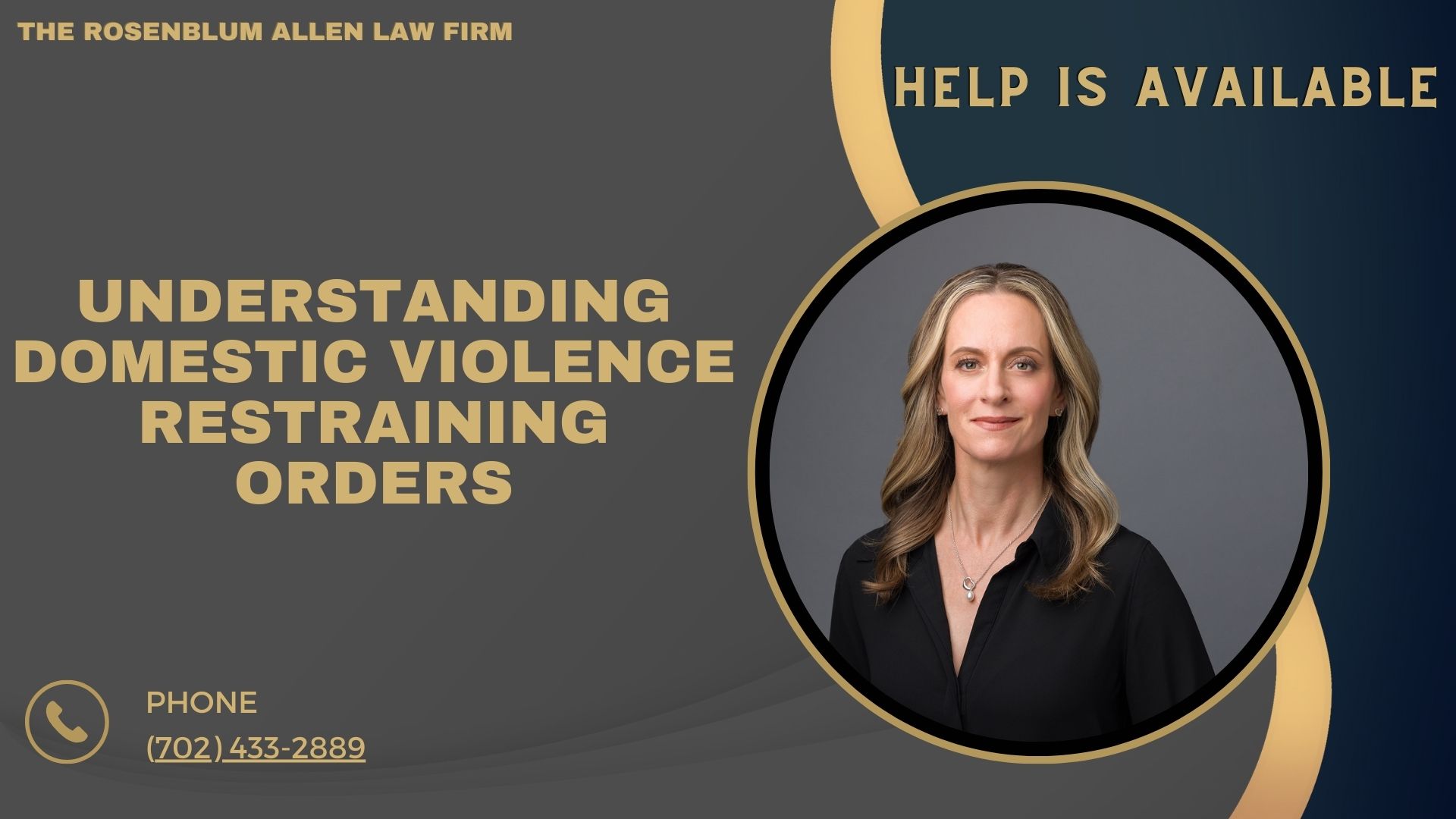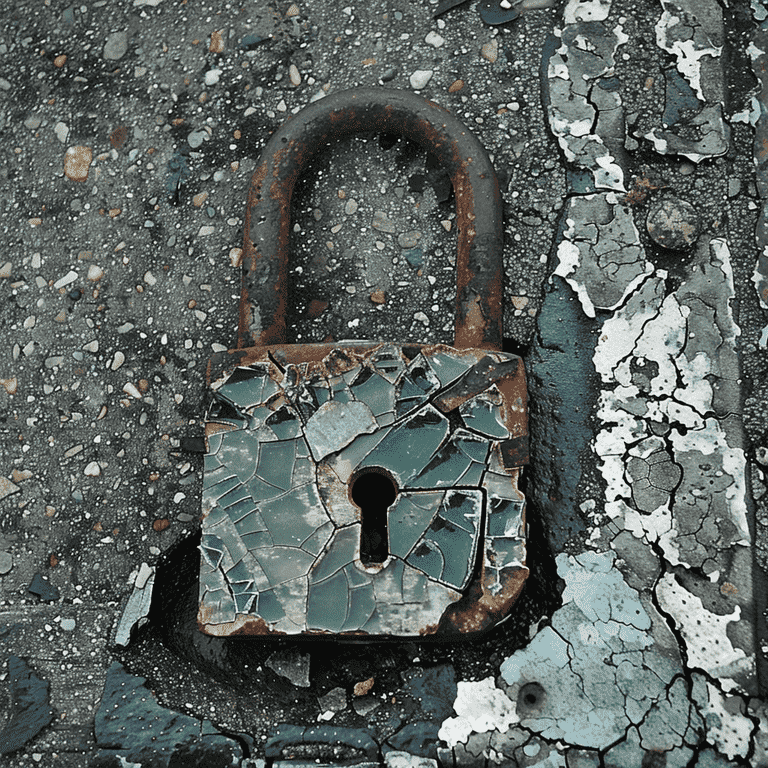Domestic violence restraining orders provide legal protection to victims of domestic abuse. Learn about the process, legal basis, and more.

Understanding Domestic Violence
Domestic violence includes many forms of abuse. These include physical, emotional, financial, and sexual abuse. It can happen in any relationship, regardless of gender, age, or socioeconomic status. Victims often suffer in silence due to fear or manipulation by the abuser.
Types of Domestic Violence
Physical Abuse: Includes hitting, punching, kicking, or any form of bodily harm.
Emotional Abuse: Involves manipulation, threats, and verbal insults that damage the victim’s self-esteem.
Financial Abuse: Controls the victim’s finances, preventing them from accessing money or resources.
Sexual Abuse: Coerces or forces the victim into sexual acts against their will.
Impact of Domestic Violence on Victims
Domestic violence takes a significant toll on victims, both physically and emotionally. It can lead to injuries, trauma, depression, anxiety, and even death in severe cases. Victims often feel guilty, ashamed, and alone. This makes it hard for them to seek help.

Legal Basis for Domestic Violence Restraining Orders
State-specific legislation and federal laws form the basis for domestic violence restraining orders. They aim to protect victims and their families. They aim to ensure safety and well-being.
Laws and Regulations
State-specific Legislation: Each state has laws governing domestic violence and restraining orders.
Federal Laws: Federal laws, such as the Violence Against Women Act (VAWA), provide additional protections for victims of domestic violence.
Criteria for Obtaining a Restraining Order
To get a restraining order, you must meet specific criteria.
Evidence Required: Victims need to provide proof of domestic violence, such as police reports, medical records, or witness testimonies.
Who Can Obtain: Restraining orders can be obtained by spouses, intimate partners, family members, or anyone who has been subjected to domestic violence.
Types of Relationships Covered: Restraining orders can be sought in various relationships, including marital, dating, familial, or cohabiting.

Process of Obtaining a Domestic Violence Restraining Order
Getting a domestic violence restraining order has several crucial steps. They ensure legal protection for the victim and their loved ones.
Initial Steps
Seeking Legal Advice: Start by consulting with a trusted attorney who specializes in domestic violence cases. They can provide valuable guidance and support throughout the process.
Contacting Law Enforcement: Don’t hesitate to contact law enforcement if you’re in immediate danger. They can help ensure your safety. They also document abuse. This can strengthen your case.
Filing the Petition
Filing a petition for a restraining order involves several vital tasks:
Gathering Documentation: Collect evidence of domestic violence, such as photos, medical records, text messages, and witness statements. The more evidence you have, the stronger your case will be.
Completing the Petition Form: Fill out the necessary paperwork accurately and completely. Be sure to include details about the abuse you’ve suffered. Also, explain why you’re seeking a restraining order.
Court Procedures: File the petition with the appropriate court and pay any associated fees. Each state has its own requirements for filing restraining orders. So, following the instructions is crucial.
Serving the Defendant
Serving the defendant with notice of the order is crucial. To be valid, you must do it right.
Importance of Proper Service: The defendant must be served with a copy of the restraining order to ensure they know the court’s orders. Improper service can invalidate the restraining order.
Legal Implications: Failure to comply with the restraining order can result in severe consequences for the defendant, including fines, arrest, or imprisonment.

Court Hearings and Legal Proceedings
Nagivating court hearings and legal proceedings is hard. But, knowing the process is key. Getting and enforcing a domestic violence restraining order requires it.
Temporary Restraining Order Hearing
During the hearing, the court will consider the evidence. It will decide whether to grant the victim temporary protection.
Purpose and Process: The hearing’s purpose is to provide immediate protection for the victim until a final restraining order hearing can be held. Both parties may present evidence and testimony to support their case.
Evidence Presentation: Present any relevant evidence, such as witness testimony, police reports, and medical records, to support your request for a restraining order. Be prepared to answer questions from the judge.
Final Restraining Order Hearing
The final restraining order hearing is crucial. It is a key step in getting long-term protection from domestic violence.
Burden of Proof: Both the petitioner (victim) and respondent (alleged abuser) can present evidence and witnesses.
The petitioner must prove:
They have been a victim of domestic violence.
They need a restraining order for their safety.
Cross-Examination: During the hearing, both parties may cross-examine each other and any witnesses. This can be unsafe, but remaining calm and focused on presenting your case is essential.
Judgment and Enforcement: After considering all evidence and testimony, the judge will decide whether to grant a final restraining order. The order outlines specific protections and restrictions the respondent must follow if granted. Violating a restraining order can result in serious legal consequences.

Violation of Restraining Orders
Violating a domestic violence restraining order is a serious offense with severe consequences.
Consequences for Violating a Restraining Order
Civil Penalties: Violating a restraining order can result in civil penalties, such as fines or community service.
Criminal Charges: In addition to civil penalties, the respondent may face criminal charges for violating a restraining order, which can lead to arrest and prosecution.
Reporting Violations
If the respondent violates the restraining order, you must act right away. This is to protect yourself and enforce the court’s orders.
Contacting Law Enforcement: Report any violations to the police immediately. Please provide them with breach documentation. This includes texts, emails, and witness statements.
Seeking Legal Assistance: Consider seeking assistance from your attorney or legal aid organization to enforce the restraining order and pursue legal action against the respondent for violating court orders. Your safety is paramount; legal professionals can help you navigate the process effectively.

Alternatives and Additional Resources
Also to getting a restraining order, victims have many resources. These help to keep them safe and healthy.
Safety Planning
You must create a safety plan. It is key for protecting you and your loved ones from harm.
Creating a Safety Plan: Work with a trusted advocate or counselor to develop a personalized safety plan tailored to your situation. This plan may include taking steps in an emergency. It means finding safe places to go and making a support network.
Seeking Support from Advocacy Groups: Many advocacy groups and organizations offer resources and support services for domestic violence victims. Contact these organizations for assistance and guidance.
Counseling and Therapy
Emotional support is crucial for healing from the trauma of domestic violence and rebuilding your life.
Importance of Emotional Support: Counseling and therapy can help you process your experiences, cope with trauma, and develop healthy coping strategies for the future.
Trauma Recovery Resources: Various resources are available for trauma recovery, including support groups, hotlines, and online forums. Don’t hesitate to seek help if you’re struggling emotionally.
Legal Assistance
Legal help protects your rights. You also get the support you need during the legal process.
Finding Legal Aid Services: If you cannot afford an attorney, there are legal aid organizations that offer free or low-cost legal services to domestic violence victims. They can help you file restraining orders. They can also help you navigate courts and enforce legal protections.
Hiring a Private Attorney: If you can afford legal representation, consider hiring a private attorney who specializes in domestic violence cases. An experienced attorney can give you personalized guidance. They can also provide advocacy to help you get the best outcome in your case.

Breaking It All Down
Seeking help and acting against domestic violence is crucial. It is for your safety and well-being. Remember, you are not alone. Help is available to help you navigate this tough time. By understanding domestic violence restraining orders and getting the needed resources. You can take steps toward reclaiming your life. You can also ensure a safer future for yourself and your loved ones.

Frequently Asked Questions
What is a domestic violence restraining order?
A court issues a domestic violence restraining order. It is a legal document. It aims to protect people who have suffered domestic abuse. It sets specific restrictions on the abuser’s behavior. These rules ensure the safety of the victim and their family.
Who can get a domestic violence restraining order?
Victims of domestic violence include spouses, partners, family members, and cohabitants. They can seek a restraining order. You must provide evidence of abuse. It supports the request for a restraining order.
How do I get a domestic violence restraining order?
To get a domestic violence restraining order, you must file a petition with the court. You must also provide evidence of domestic violence. The court will then hold a hearing to determine whether to grant the restraining order. You should get help from a trusted attorney or legal aid group. They will help you navigate the process well.
What protections does a domestic violence restraining order offer?
A domestic violence restraining order can include many protections. It can ban the abuser from contacting or approaching the victim. It can order them to stay away from certain places. It can also grant the victim temporary custody of children. Violating a restraining order can result in serious legal consequences for the abuser.
What should I do if the abuser violates the restraining order?
If the abuser violates the restraining order, you must act fast. This is crucial to keep you safe. Contact law enforcement and report the violation, providing them with documentation and evidence. Consider getting help from your attorney or legal aid group. They can help enforce the restraining order and sue the abuser.

Additional Resources for You
Don’t forget that our lead attorney, Molly Rosenblum Allen, Esq, has also created additional resources to assist you in your time of need:
Domestic Violence Lawyer Las Vegas: Get effective legal representation for domestic violence cases in Las Vegas.
Domestic Violence Las Vegas: Explore comprehensive information and resources regarding domestic violence in Las Vegas.
Domestic Violence Plea Bargain: Learn about plea bargain options and strategies for domestic violence cases.
How to Get Domestic Violence Charges Dismissed: Discover steps and legal avenues to potentially dismiss domestic violence charges.
How to Get Your Gun Rights Back After a Domestic Violence: Understand the process and steps to restore your gun rights following a domestic violence incident.
What are the Chances of Beating a Domestic Violence Charge in Nevada?: Gain insights into the factors influencing the likelihood of success in beating a domestic violence charge in Nevada.
Should I Request a Jury Trial for my Domestic Violence Case: Learn about the considerations involved in requesting a jury trial for your domestic violence case.

Outside Resources for You
Here are seven offsite resources related to the content that you may find useful:
National Domestic Violence Hotline: Offers support, resources, and assistance to individuals affected by domestic violence.
SafeNest: Provides shelter, support services, and resources for individuals and families affected by domestic violence in Nevada.
RAINN (Rape, Abuse & Incest National Network): Offers support, resources, and information for survivors of domestic violence, sexual assault, and abuse.
National Coalition Against Domestic Violence (NCADV): Advocates for policies and programs to address and prevent domestic violence and support survivors.
National Network to End Domestic Violence (NNEDV): Advocates for policies and programs to address and prevent domestic violence and support survivors.
Family Violence Prevention Services, Inc.: Offers support services, shelter, and resources for individuals and families affected by domestic violence.

A Special Message from Our Lead Attorney, Molly Rosenblum Allen, Esq

Thanks for diving into our resources on domestic violence. If you need personalized legal guidance, don’t hesitate to reach out. Call us at (702) 433-2889 to schedule a consultation with me, Molly Rosenblum Allen, Esq.






